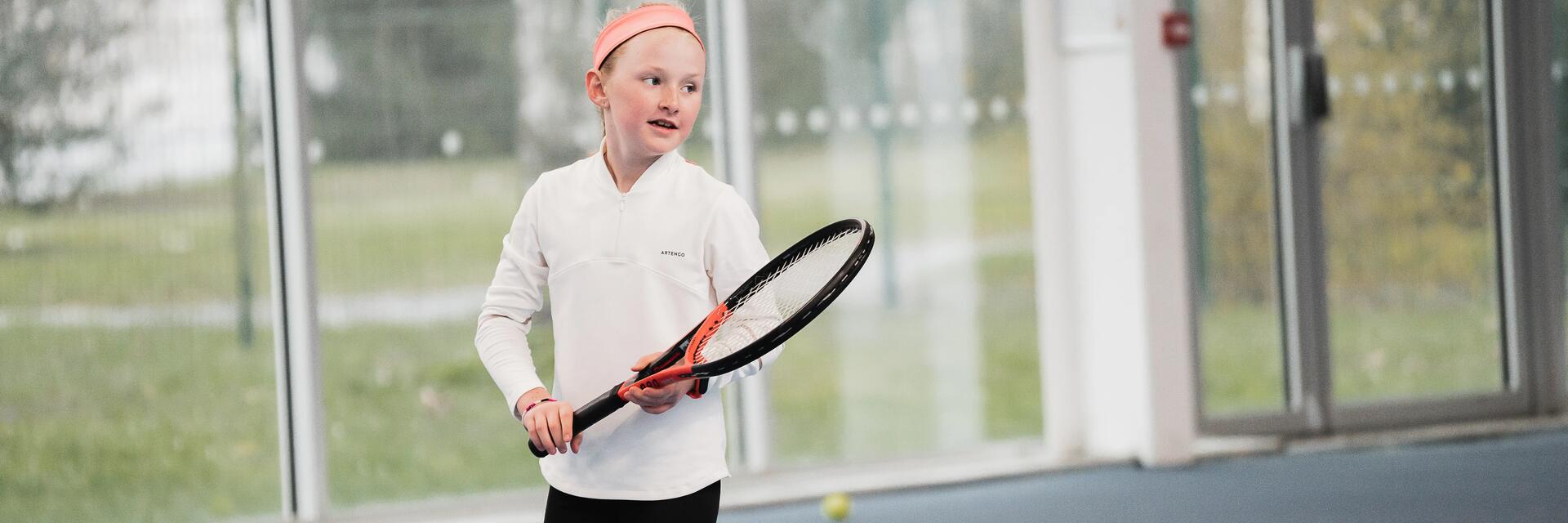Padel Basics: How to Play?
Padel, a dynamic racket sport, blends elements of tennis and squash, played in doubles on an enclosed court. The game involves volleying a specially-designed ball back and forth over a net, aiming to outmanoeuvre opponents to score points. Unlike tennis, the court features glass walls and metallic fencing, adding an exciting dimension to gameplay.








